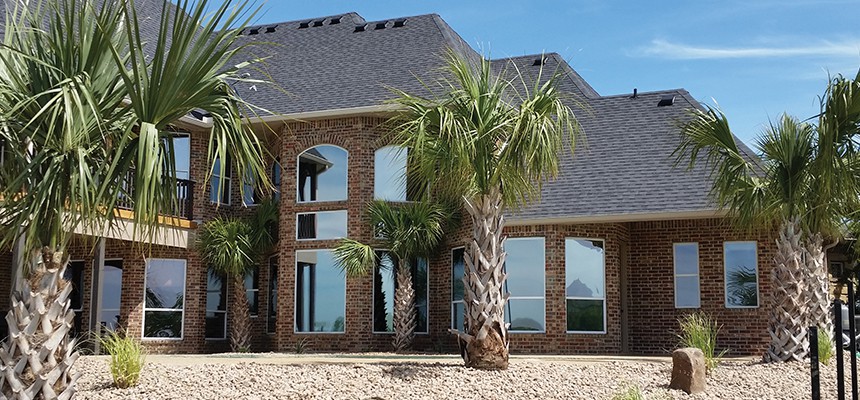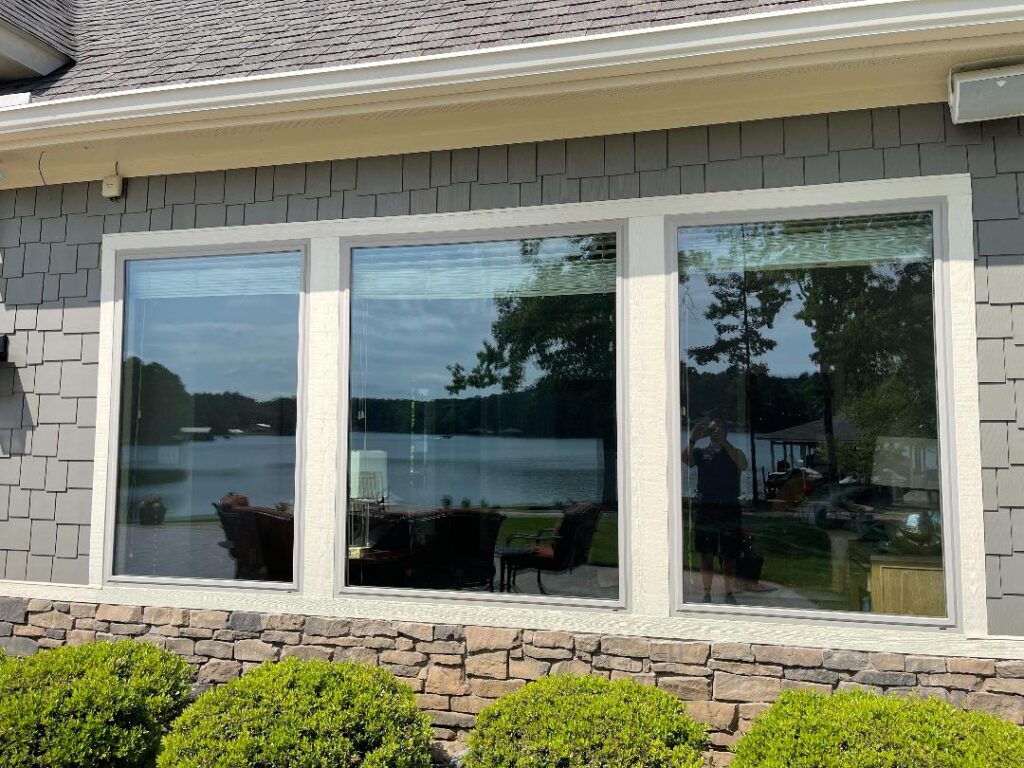How Residential Window Tinting Boosts Your Home's Energy Effectiveness
Residential home window tinting presents an engaging remedy for home owners looking for to boost energy efficiency within their living areas. By applying specialized movies to windows, it properly reduces warmth transfer, thus maintaining interior temperature levels and decreasing the demand for excessive home heating or air conditioning.
Comprehending Window Tinting
Recognizing window tinting is vital for house owners seeking to improve both comfort and energy effectiveness in their space. Residential Window Tint. Window tinting involves the application of a thin film to the interior or outside surface area of glass windows. This film can substantially regulate the quantity of sunshine and warmth that gets in a home, therefore affecting indoor climate conditions
There are numerous types of home window tinting movies available, each with distinct buildings. The efficiency of window tinting is often measured by its Visible Light Transmission (VLT) portion, which suggests exactly how much light can pass through the movie.
Advantages of Power Effectiveness
Home window tinting not just enhances aesthetic appeals yet also plays a substantial role in improving power performance within property rooms. By minimizing heat transfer via home windows, colored films develop an extra steady interior environment, which can bring about substantial reductions in power consumption for heating and air conditioning. This power efficiency equates right into reduced utility bills, giving house owners with significant lasting cost savings.

Additionally, home window tinting improves the comfort of living rooms. By lessening glare and obstructing unsafe UV rays, colored windows develop an even more enjoyable setting, which can cause improved health for residents. The protection versus UV rays also aids protect furnishings and flooring from fading, contributing to the durability of home things.
Exactly How Tinting Functions
Tinting films run with a mix of sophisticated products and innovations designed to manage the quantity of solar energy getting in a home. Mainly made up of polyester, these films usually integrate ceramic or metallic bits that mirror and take in warm. This twin ability permits them to considerably minimize the penetration of ultraviolet (UV) rays and infrared radiation while permitting noticeable light to pass through.
The efficiency of home window tinting is measured by its solar warm gain coefficient (SHGC), which shows just how much solar energy is transferred via the window. Lower SHGC worths are preferable as they signify better warmth being rejected. In addition, home window tints can include a selection of shades, enabling home owners to customize their aesthetic preferences while improving power performance.
Furthermore, these films function as an obstacle, protecting against heat loss during chillier months by showing indoor heat back right into the space. This thermal insulation effect complements the cooling benefits acquired during warmer months, contributing to a well balanced interior environment year-round. By handling solar power successfully, household home window tinting not just boosts convenience yet additionally plays a vital role in reducing power intake and decreasing energy costs.
Picking the Right Color

There are numerous kinds of home window movies available, consisting of colored, metalized, and ceramic. Dyed films are cost-efficient but may have restricted resilience. Metalized movies use better warm denial but can hinder electronic signals. Ceramic movies give outstanding warm control without endangering presence and are extremely sturdy, making them a preferred choice.
Visible light transmission (VLT) is another vital variable, as it shows the quantity of all-natural light that can pass through the tinted glass. Property owners ought to choose a tint with a VLT that complements their lighting preferences while still offering sufficient glare reduction.
Additionally, assessing the solar heat gain coefficient (SHGC) can help determine how well a tint can obstruct warmth from sunshine. A reduced more helpful hints SHGC suggests much better heat control, ultimately enhancing power performance.
Installment and Maintenance Tips
Proper setup and upkeep are essential elements view it now in optimizing the benefits of household home window tinting. Professionals also make use of specialized techniques and tools, which can boost the sturdiness and performance of the tint.
Adhering to installment, upkeep is important to prolong the life of the window movie. It is advised to wait at the very least 30 days prior to cleaning the tinted windows to allow the sticky to treat completely.
In addition, normal examinations are advantageous. Look for any type of peeling or bubbling, which might suggest incorrect installment or put on with time - Residential Window Tint. Resolving these concerns promptly can prevent further damage and keep power performance. By sticking to these installment and upkeep ideas, house owners can guarantee their window tinting remains to offer significant energy financial savings and convenience for several years to find.
Conclusion
In final thought, residential window tinting offers as a reliable service for improving energy performance within homes. By reducing warm transfer and blocking unsafe UV rays, window movies contribute to reduce energy consumption and improved interior convenience.
Home window tinting includes the application of a slim movie to the inside or exterior surface area of glass windows. By decreasing heat transfer through home windows, colored films develop an extra stable interior environment, which can lead to substantial decreases in energy usage for home heating and cooling.The effectiveness of window tinting is my site gauged by its solar warm gain coefficient (SHGC), which suggests how much solar energy is transferred through the home window. By managing solar energy properly, property window tinting not only boosts convenience however additionally plays a vital duty in minimizing energy intake and lowering utility costs.
By reducing warm transfer and obstructing hazardous UV rays, home window movies add to reduce power usage and boosted indoor comfort.